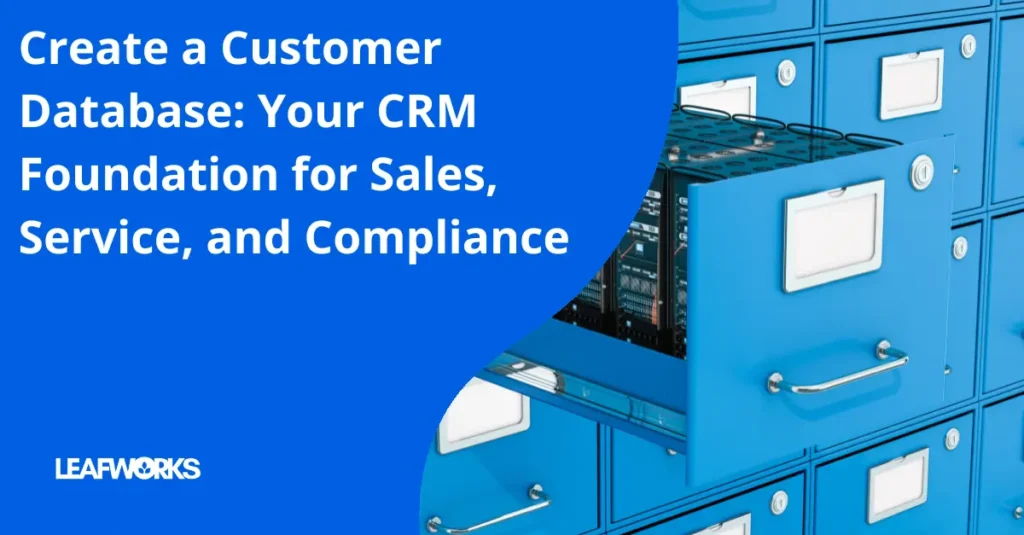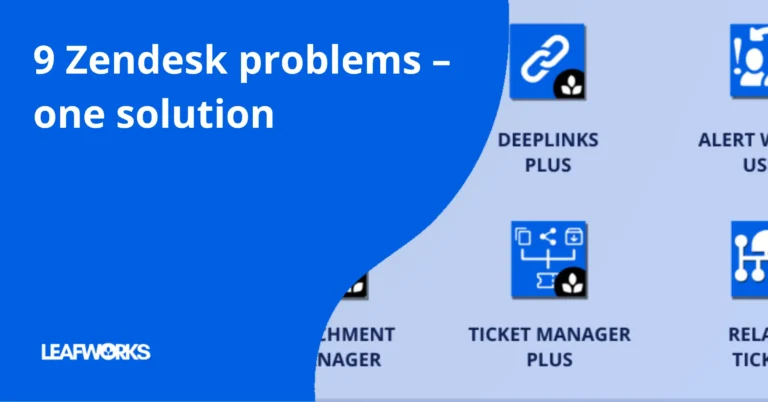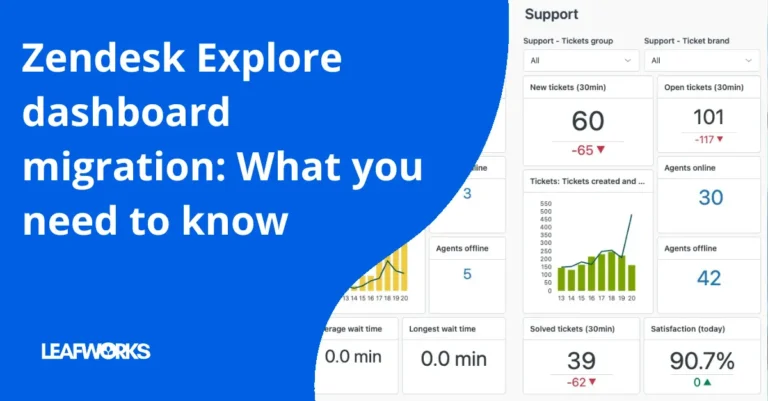Why a digital customer database is essential today
According to a Deloitte study, 92% of executives consider Customer Relationship Management (CRM) a core element of their business strategy. No wonder: A well-maintained customer database forms the foundation for trust-based communication, personalized service, and efficient, automated processes.
This isn’t just relevant for large corporations. Small and mid-sized businesses also benefit from structured, reliable customer data – and from using the right CRM software to manage it.
What is a customer database – and how does it differ from a contact list?
A customer database is a digital system for the structured recording and maintenance of all relevant information about existing and potential customers: Contact details, purchase history, communication history, service requests, interests, contract status and more. It forms the basis for effective customer relationship management (CRM).
The term customer file is often used synonymously – but in a narrower sense it refers to the data records themselves, e.g. as an exported table or documentation of individual customer profiles. Modern CRM systems combine both levels: They bring together customer files in a central, interactive database.
How to create a customer database in 5 steps
define goals and requirements
Consider which processes are to be supported: Is it primarily about sales, customer service, marketing or everything together? This is the basis for system selection.select the right CRM software
Whether an intuitive tool for beginners or a scalable solution with automation: choose a system that suits your IT landscape and team size.record, cleanse and import data
Use existing customer files from Excel, ERP or email programs, check them for duplicates and ensure GDPR-compliant processing.define and automate CRM processes
Define rules and roles: Which fields are mandatory? Who maintains which information? Which workflows run automatically?Train employees and embed CRM
Successful CRM is teamwork. Train your employees at an early stage and firmly anchor its use in everyday life.
Tip: If you are currently still working with Excel or isolated lists, now is a good time to switch – with professional support, the change will be quicker than you think.
CRM Best Practices: 11 Practical Principles
- Get to know your customers precisely – through data analysis instead of gut feeling.
- create personal contact points – digital or analog.
- document the history of each customer relationship centrally.
- make the customer journey consistent across all channels
- actively listen: feedback provides decisive impetus.
- Automate repetitive processes – e.g. follow-ups.
- train your employees in communication & tool use.
- reward loyalty – through targeted services or programs.
- pay attention to data protection – GDPR compliance strengthens trust.
- stay flexible – CRM is never “finished”, it evolves.
- integrate other tools to break down data silos.
From Excel to CRM: Why it's worth switching
Many companies start with Excel – but manual maintenance reaches its limits once a certain number of customers is reached:
| Feature | Excel | CRM Software |
|---|---|---|
| Clarity | Limited as data volume grows | Customizable dashboards and views |
| Automation | Only via macros, requires manual upkeep | Automated workflows, reminders, follow-ups |
| Data quality | Error-prone, no validation | Validations, required fields, duplicate checks |
| Access control | Only manual via file permissions | Role-based access and custom permissions |
| GDPR compliance | Requires significant additional effort | Built-in deletion and documentation tools |
Tip: If you are currently still working with Excel lists or isolated customer files, it is worth making the switch – with professional support, e.g. from our Zendesk QuickStart Session, this can be done quickly and securely.
Comparison: The best CRM software for your customer database
The following CRM systems are particularly popular with SMEs and growing organizations:
| CRM System | Target Group | Strengths | Price |
|---|---|---|---|
| HubSpot CRM | Startups & SMBs | Intuitive, free plan, marketing features | Free (base) / from €45/month |
| Salesforce | Scaling businesses | Modular, powerful, strong APIs | From €25/user/month |
| Pipedrive | Sales-focused teams | User-friendly, quick setup | From €21/user/month |
| Zoho CRM | Budget-conscious users | Good basic features, affordable plans | From €14/user/month |
| Bitrix24 | All-rounder | Many features (incl. telephony, project tools) | Free / from €49/month |
| Microsoft Dynamics 365 | Microsoft users | Deep integration with Office & Teams | From €49.10/user/month |
What we can learn from the greats
Even if companies like Apple or Amazon have different resources, their CRM principles can be transferred:
Apple ensures a consistent brand experience with consistent user accounts (Apple ID), device integration and an intelligent customer approach.
Amazon uses a finely tuned CRM that evaluates customer behaviour, generates personalized recommendations and enables processes such as one-click purchasing.
→ The common denominator: customer centricity, data integration and continuous optimization.
Challenges when introducing a CRM system
A modern CRM system has many advantages – but also typical pitfalls. We encounter these three issues particularly frequently:
Data protection & GDPR
The processing of personal data requires clear processes and technical measures – e.g. role allocation, documentation, deletion concepts.System integration
A CRM only comes into its own when it is connected to email, ERP, store or telephone systems. Missing interfaces lead to media disruptions and manual detours.Data quality
A CRM database is only as good as its content. Ensuring that data is consistent, complete and up-to-date lays the foundation for well-founded decisions.
Data protection in the customer database: What you need to consider according to the GDPR
If you store personal data, the rules of the GDPR apply. (Here you will find the basics according to Art. 5 GDPR):
- Purpose limitation: Data may only be used for the intended purpose
- Consent: Customers must actively agree
- Obligation to erase: data must be erasable (e.g. after the end of the contract)
- Access rights: employees should only have access to relevant data
- Documentation: processing must be verifiable
Modern CRM systems help to map these requirements technically – often through integrated role allocation, erasure routines and export functions.
Leafworks supports you with the implementation – whether with Zendesk or other platforms. If you work with Zendesk, we recommend our GDPR app for Zendesk, with which you can fully automate customer requests for data information, deletion or export – GDPR-compliant and without manual searches.
Trends 2025: How working with customer data is changing
The customer database and CRM are constantly evolving. Current developments:
- AI-supported analysis: AI-supported analysis: prediction of customer behavior, smart lead scoring models – e.g. by Zendesk AI
- Self-service & portals: customers manage data themselves via portals – takes the pressure off your team
- Omnichannel CRM: email, chat, phone, WhatsApp – all in one interface
- Low-code integration: automation without programming
- Data validation & duplicate checking: for clean, complete customer files
Why Leafworks is the right partner for your CRM implementation
The introduction of a CRM system is not just a question of tools – it affects processes, people and the system landscape. Leafworks supports you with a practical, open-technology approach. For more in-depth projects, we recommend our CRM consulting services:
System selection with a sense of proportion – in line with objectives and IT environment
Integration into existing tools – e.g. Zendesk, ERP, store
Employee training & change management – for genuine acceptance
Fast implementation – not in months, but in a few weeks
We have been advising companies from a wide range of industries for many years – pragmatically, with a clear focus on impact.
Conclusion: Your customer database is more than just a file
If you structure, centralize and intelligently use your customer database, you will not only gain an overview – but also customer loyalty, efficiency and competitiveness. Whether you are creating a new customer database, merging existing data or switching from Excel to a CRM: We will support you.
👉 Arrange a free initial consultation now – Leafworks will support you in selecting, introducing and integrating the right CRM system.
Frequently asked questions about the customer database
What is a customer database?
A customer database is a structured collection of information about existing and potential customers. It contains data such as names, contact details, purchase history, interests, support requests and other customer-related information. The aim is to make all relevant data centrally available in order to efficiently manage, analyze and improve customer relationships.
How do I create a customer database?
A customer database can be created in five steps:
- define goals and requirements
- select suitable CRM software
- record and cleanse customer data
- map processes in the system
- train and actively involve the team
Important: Pay attention to data protection and clear responsibilities for data maintenance right from the start.
What belongs in a customer file?
Name, company, contact details, customer status, last interactions, orders, interests, GDPR consents – depending on the industry, also contract data or support history.
Is Excel sufficient for customer files?
For the start: yes. For sustainable customer loyalty: no. CRM systems are more secure, scalable and integrable.
Which CRM software is suitable for small companies?
CRM systems such as HubSpot, Salesforce Essentials or Zoho CRM are suitable for small and medium-sized enterprises (SMEs). They offer intuitive user interfaces, flexible pricing models and good entry-level options – often even with free basic versions.
What are the advantages of a digital customer database?
A digital customer database improves the accessibility and timeliness of information, enables targeted customer contact and automates many processes in sales and customer service. It increases efficiency, creates transparency within the team and lays the foundation for data-based decisions – for example through reports, segmentation or AI-supported predictions.
What does a good CRM system cost?
The cost of a CRM system depends on the provider, range of functions and number of users. There are free versions (e.g. HubSpot Free), entry-level packages from around €20-30 per user/month and individual enterprise solutions costing several thousand euros per year. Additional costs may be incurred for consulting, integration and training. → Request an individual assessment now
How can a customer database be managed in compliance with GDPR?
The following are important:
- Document consents
- Only collect necessary data
- Restrict access and log
- Implement deletion concepts and data minimization
- Check order processing (for cloud-based CRMs)
Modern CRM systems provide technical support for these requirements, but clear processes and regular training are still essential.
hat is the difference between CRM and a customer database?
A customer database is the technical basis – i.e. the system in which data is stored. CRM (Customer Relationship Management) describes the strategy with which this data is used: to maintain, develop and manage customer relationships. CRM therefore not only includes software, but also processes, roles and communication.
When is CRM consulting worthwhile?
CRM consulting is worthwhile if you:
- want to introduce a new system
- want to make better use of existing tools
- want to improve your data quality
- want to make processes more efficient
- need help with GDPR, interfaces or team onboarding
→ Book a consultation now





